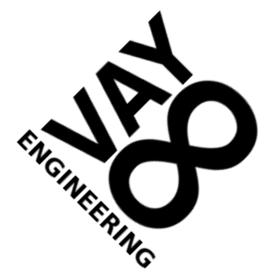Killdisk
If you need to wipe out a lot of data on your or someone else's computer, you can stick a killdisk cd into the system, boot it, remove it after the 6 second boot and walk away. Killdisk will run then reset the computer-there's no hint of what happened to the data.
Killdisk is fast, stealthy, and effective.
It's more than just one program though, it's a whole family of programs and a mini-linux distribution.
Killdisk the program very quickly stripes zeroes and then random data across a disk (or all disks, depending on the version). The latest incarnation, SAK-init, weighs in at less than 100k statically compiled and stripped.
Killdisk the distro is a stripped down linux kernel and the SAK-init program. The ISO is less than 3mb. The whole thing can boot and run against two harddisks with 16mb of RAM. It boots in about 6 seconds in an unaccelerated virtual machine. The time required to zero out a drive will depend on the size and speed of a drive, but in only a few second the filesystem can be damaged beyond repair.
Even if only a single pass is completed 1/10th of the data spread across the whole drive will have been destroyed.
Downloads
- sak.iso.gz - Linux + SAK-init.
Versions
killdisk
A comparatively simple and dumb program that basically took a file name as an argument and striped random data (from /dev/urandom) to it.
killdisk 2
Vastly improved on killdisk 1. Much error checking was added, a multiple pass system that starts with zeros (for speed) and then after the disk was completely zeroed random data (if urandom is available) is written to the disk.
Along with killdisk 2, a mini-linux distribution was created. With an otherwised stripped down kernel loaded to the gills with every pata, sata, and scsi block device driver available, this OS loads to ram and searches for /dev/sd? and /dev/hd? disks and attempts to run killdisk 2 on them.
SAK
SAK or Search And Kill(disk) added the ability to find block devices to the program (by reading /sys/block) as well as rebooting after 2 passes, thus clearing any trace of the program.
Killdisk 2 was largely (save perhaps for the lack of urandom on some posix systems) posix compatible. SAK relies on linux specific features.
SAK-init
SAK init is the same program as SAK except with an extra optional block of code that starts up some important boot processes, namely mounting kernel filesystems and starting mdev (busybox's implementation of udev).
Basically you substitute SAK init as the init program. Busybox is needed for mdev (mini udev replacement). If I can figure out how to easily replicate this functionality, I may replace it.
